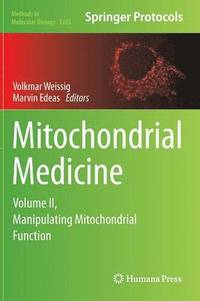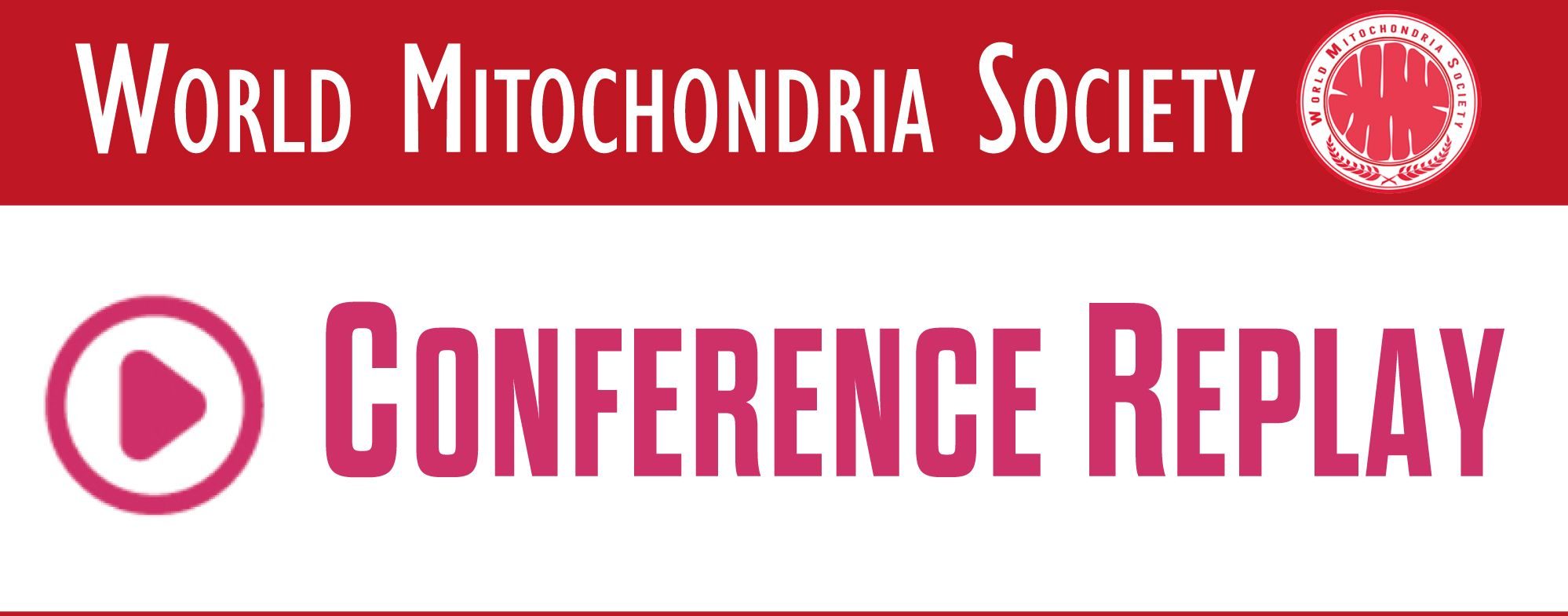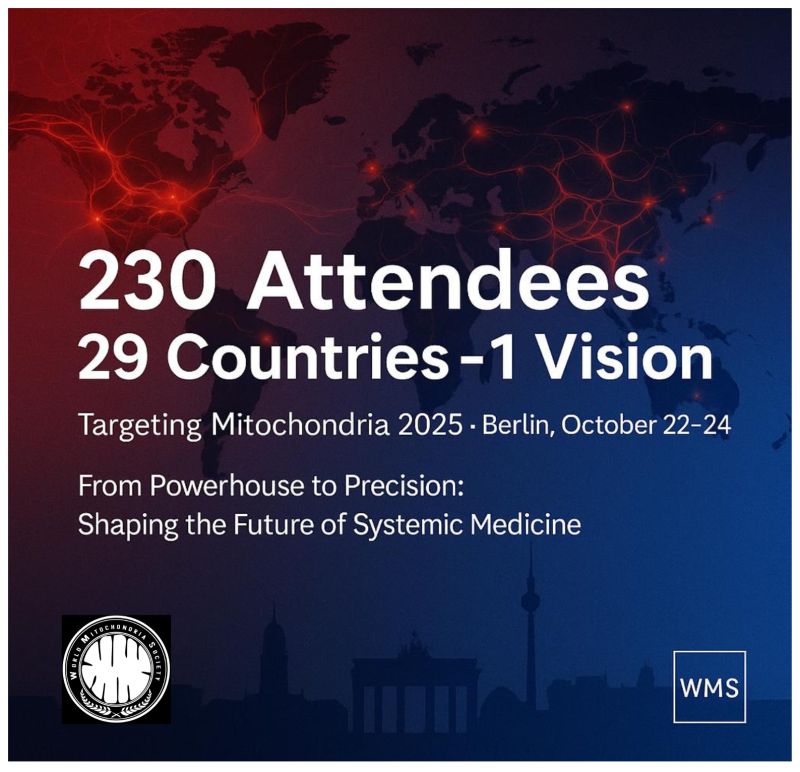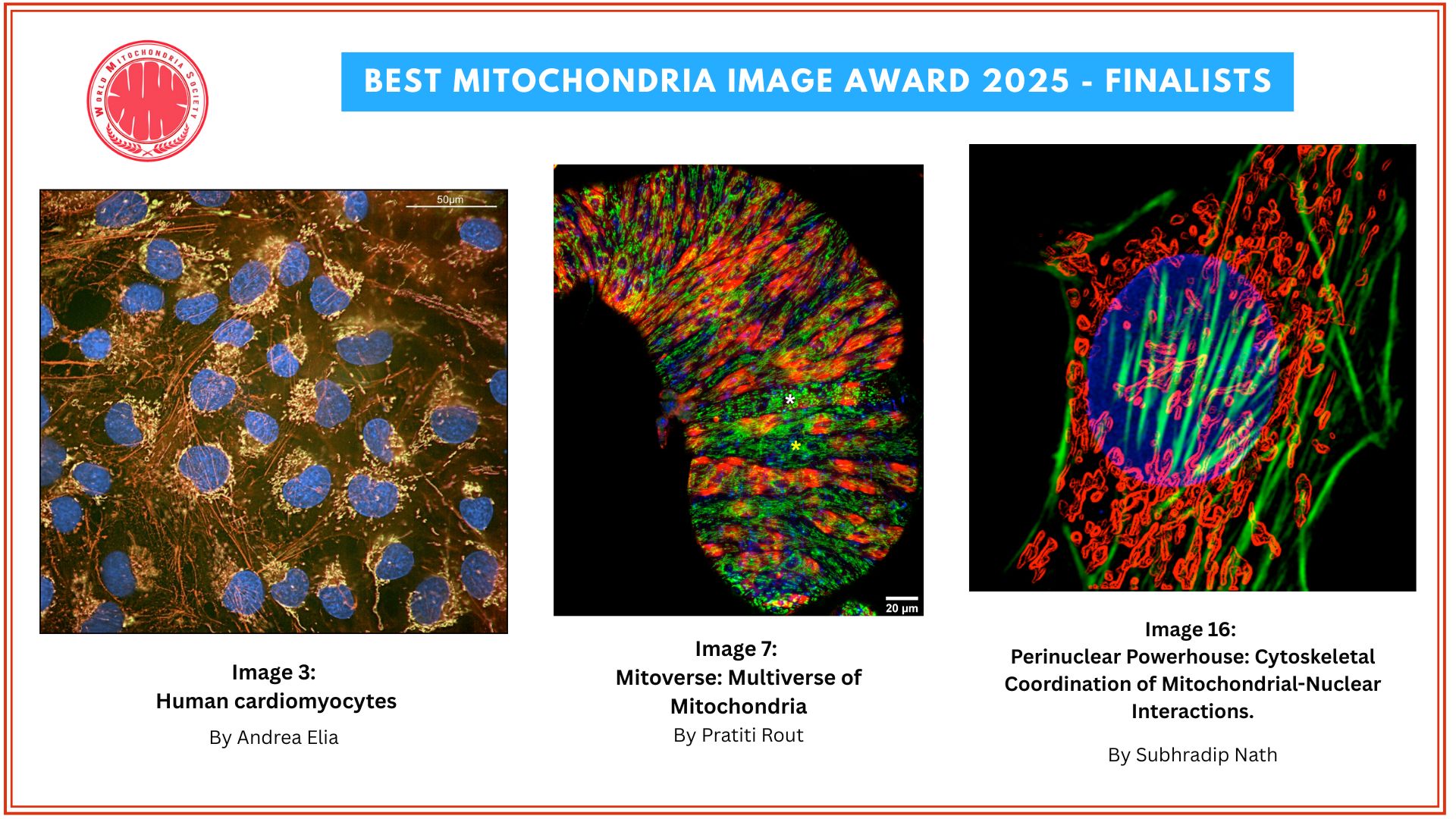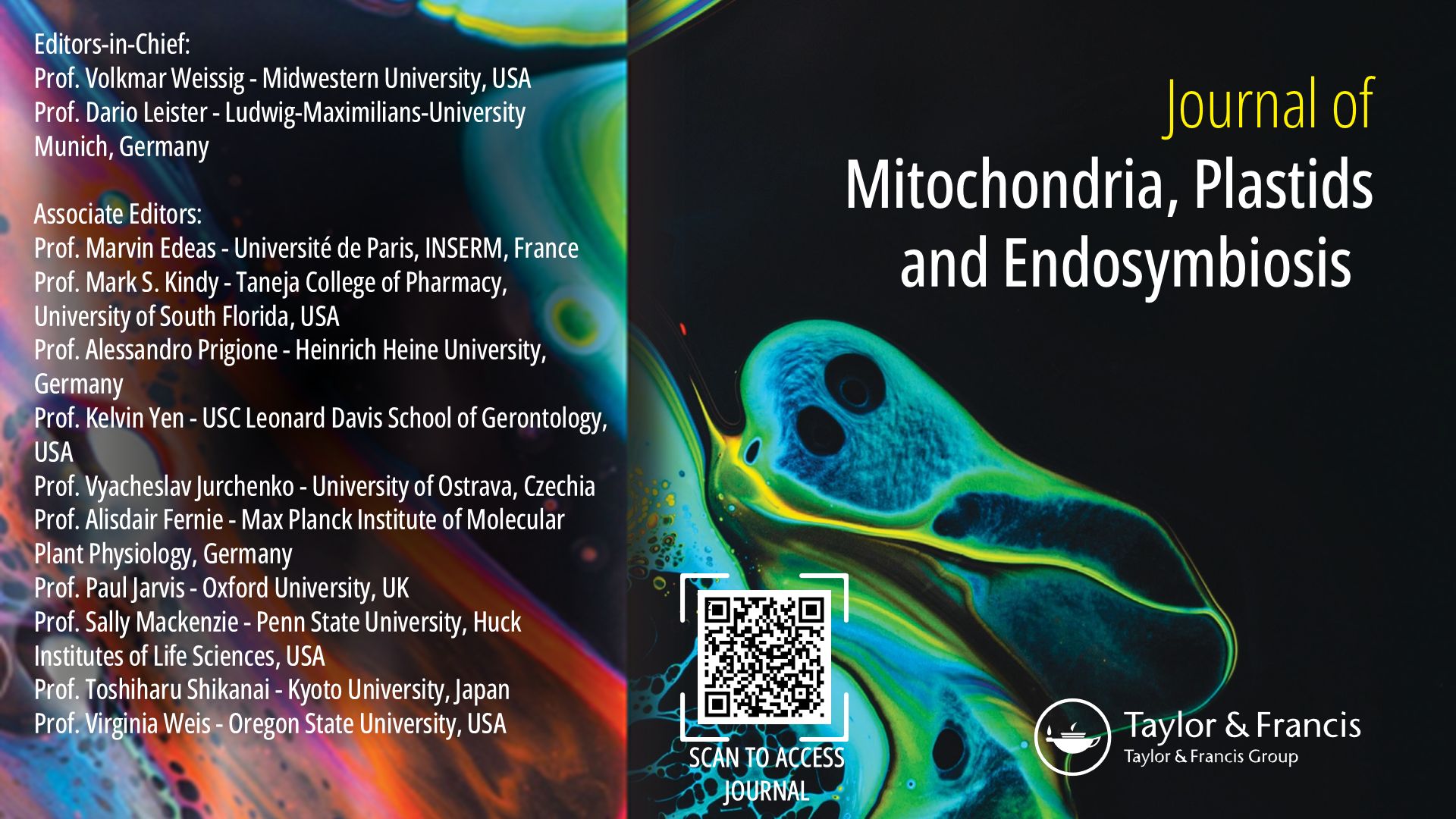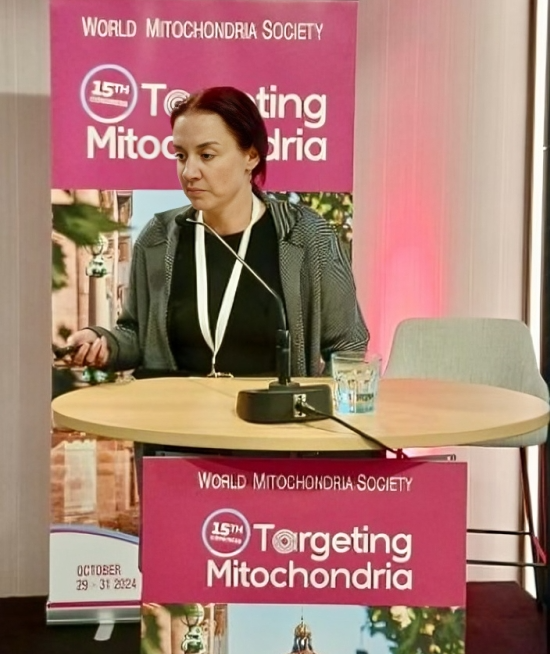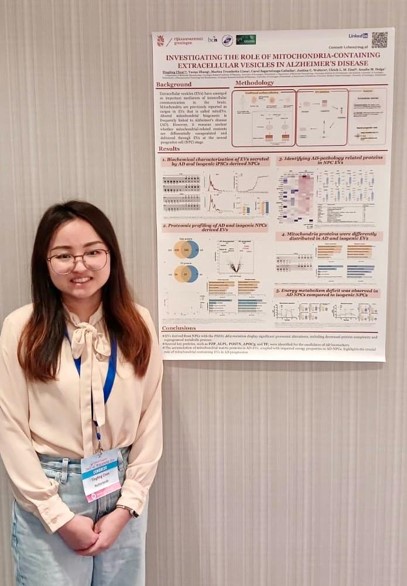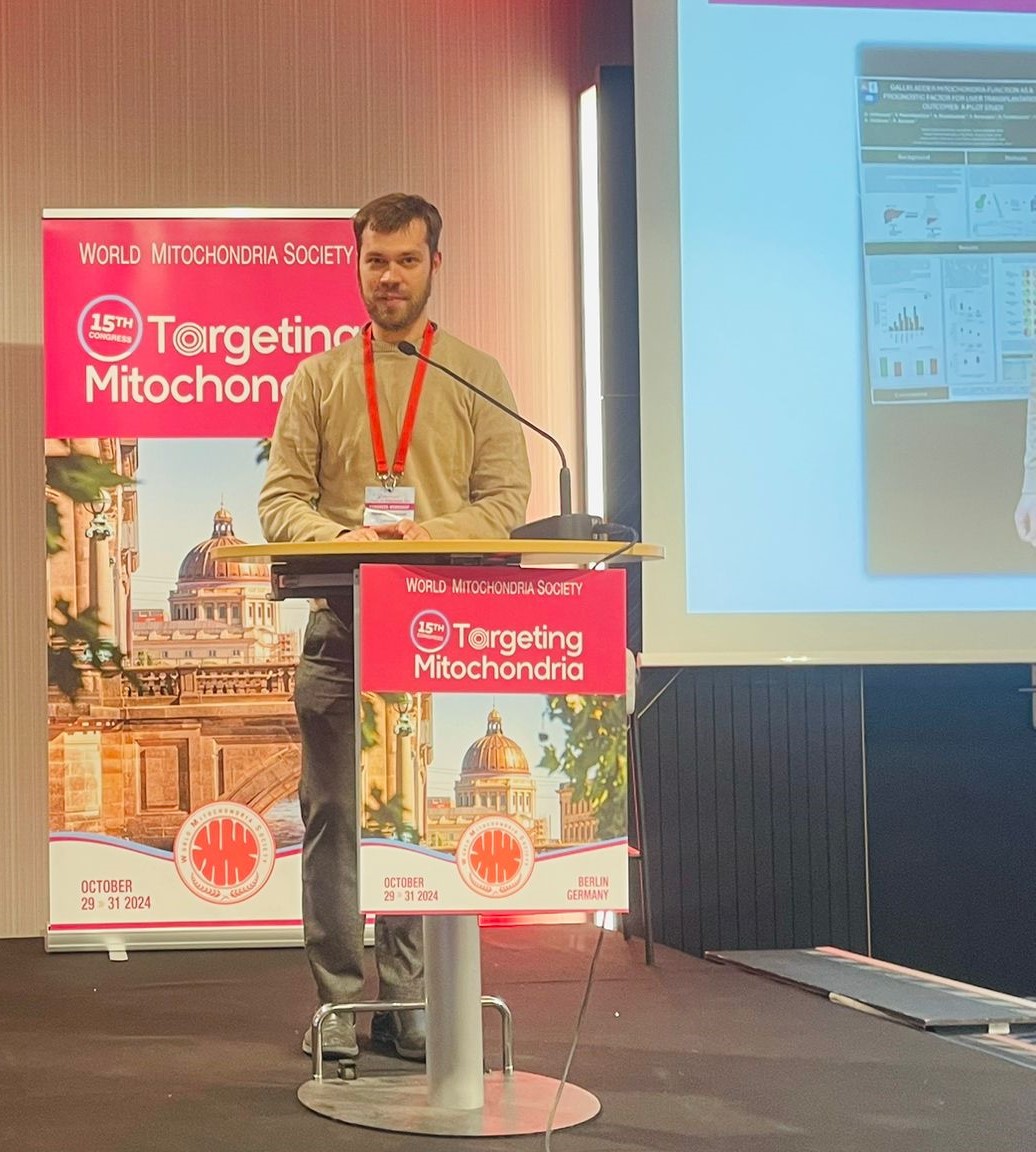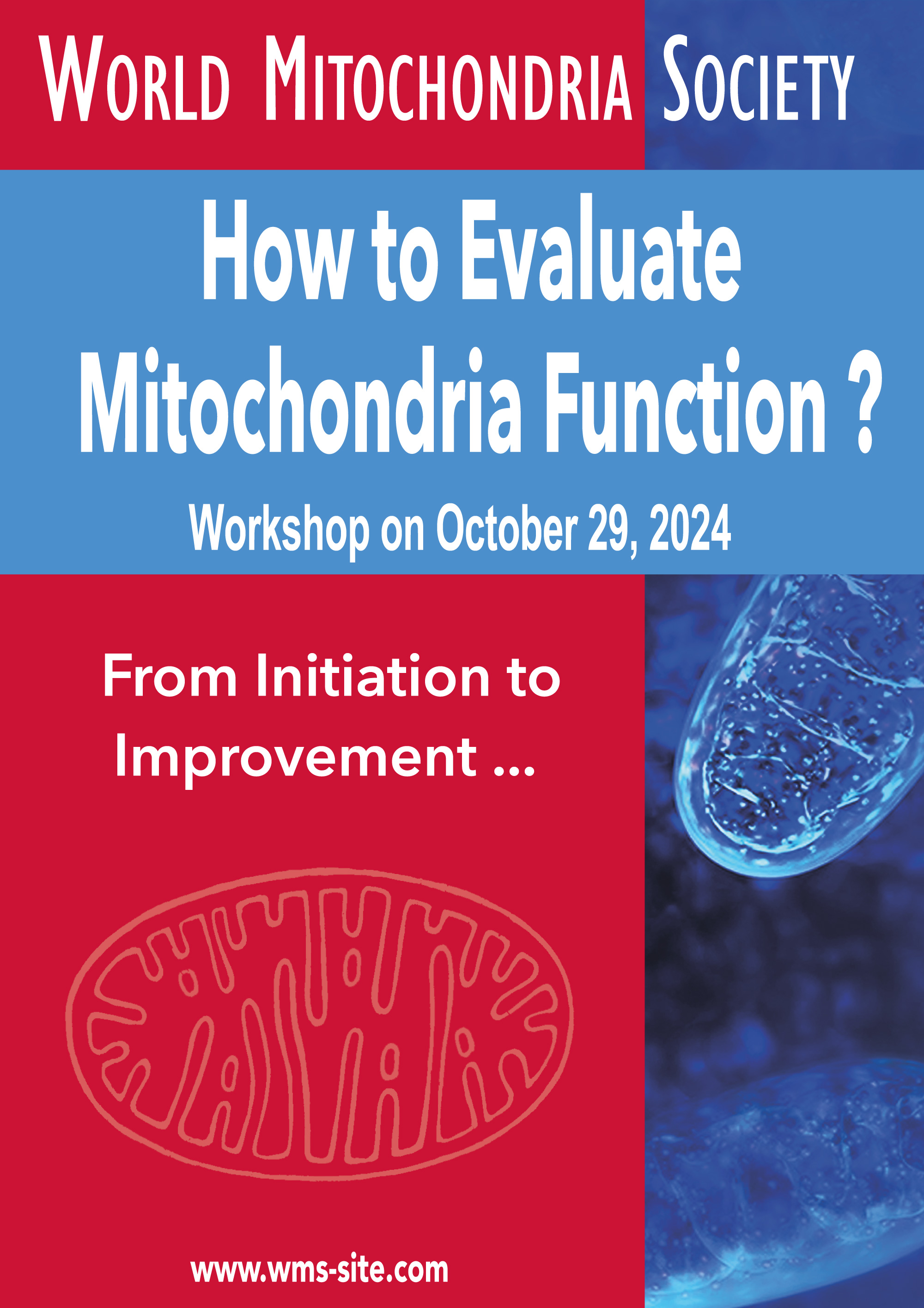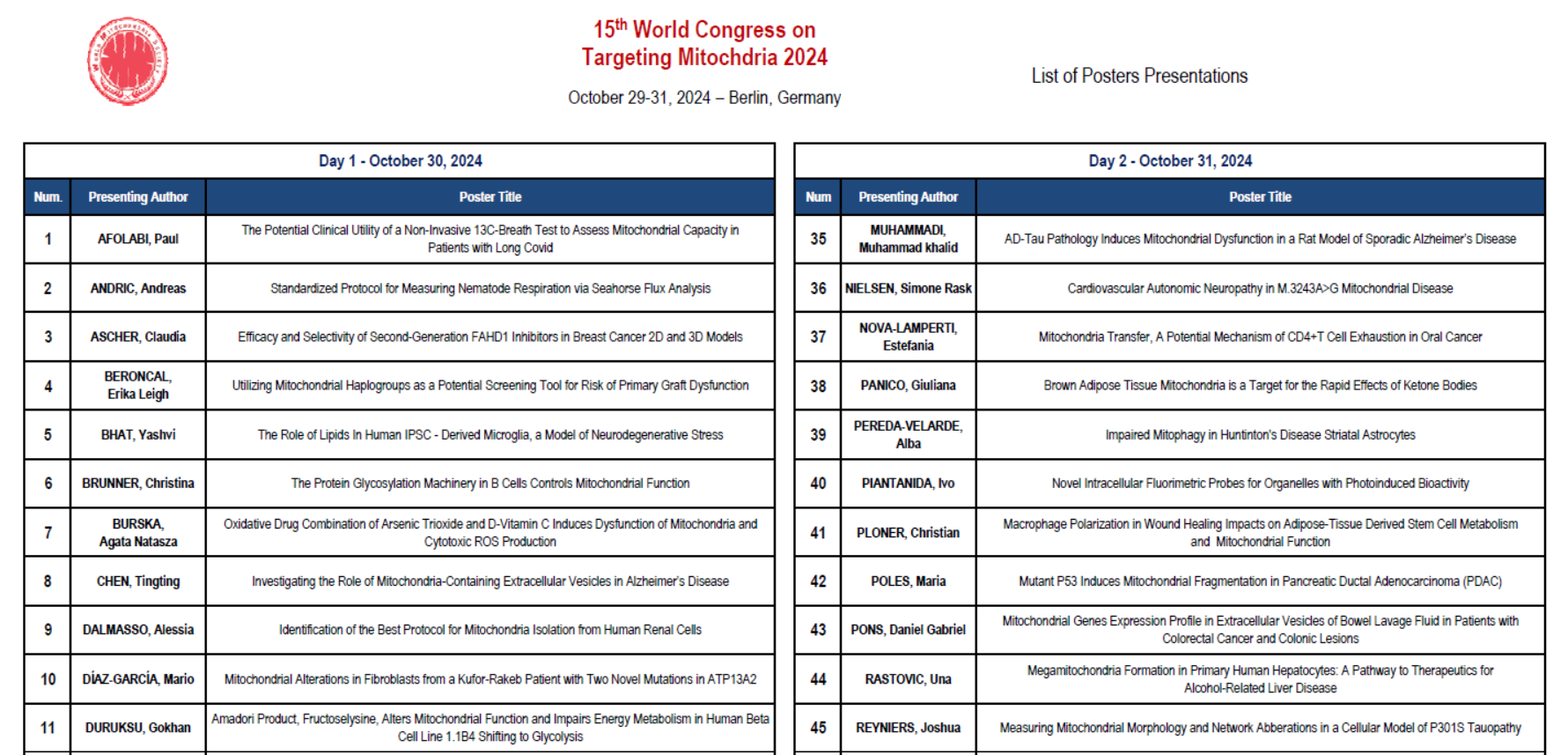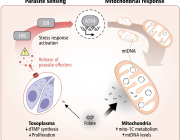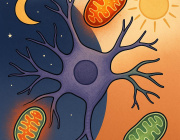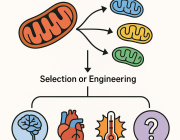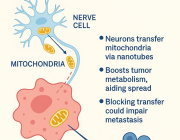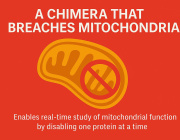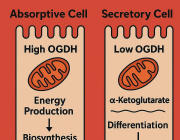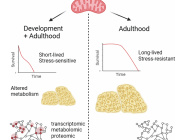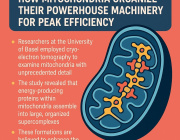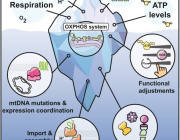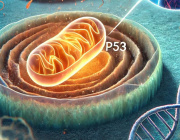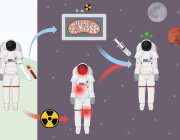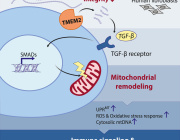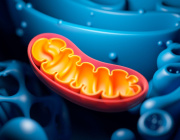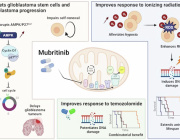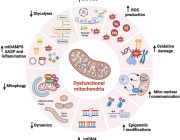Transforming Transplantation: Real-Time Monitoring of Mitochondrial Health During Organ Perfusion
A recent study published in Nature Scientific Reports journal addressed a significant challenge in the field of organ transplantation – ischemia reperfusion injury (IRI) – which can lead to post-transplantation complications and limit the use of organs from extended criteria donors.
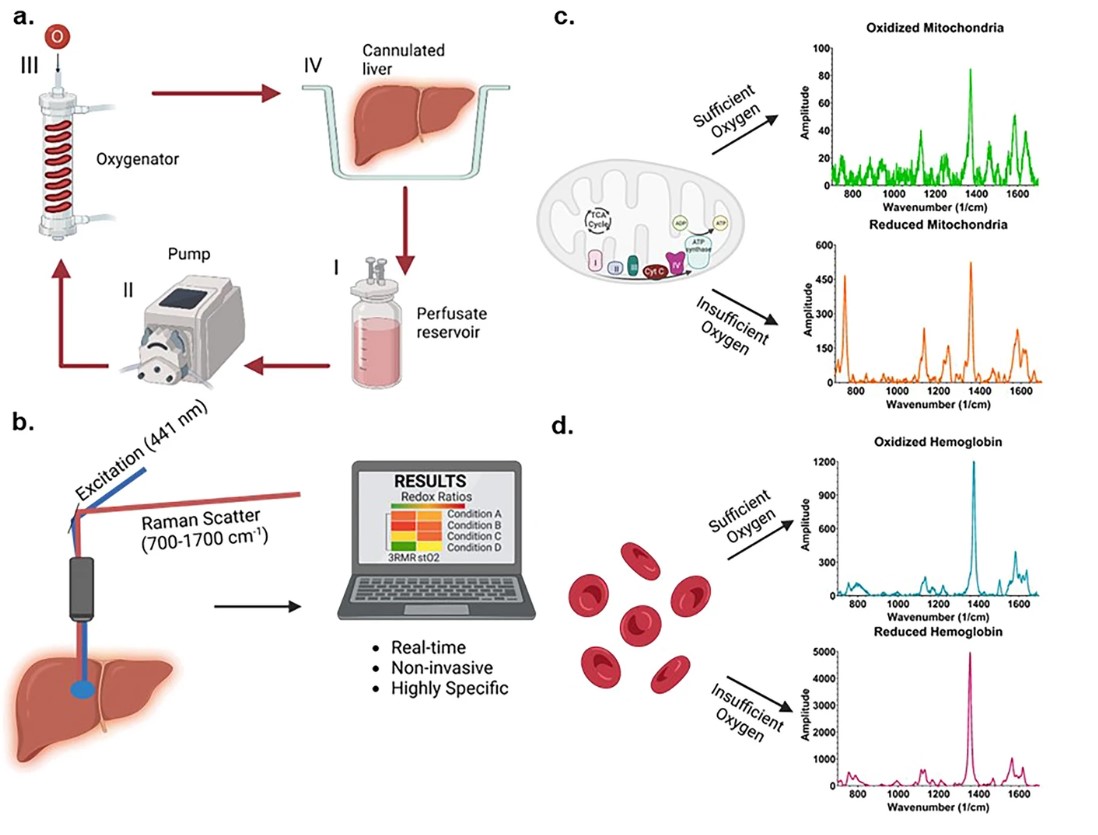
Resonance Raman Spectroscopy predicts functional oxygenation of liver tissue during machine perfusion. Credits: Rohil Jain et al., 2024
A team of researchers from Harvard Medical School, Massachusetts General Hospital and Shriners Children’s Hospital in the USA has developed a novel, real-time, and non-invasive method to assess organ quality during machine perfusion. This innovative approach focuses on mitochondrial function and injury, using resonance Raman spectroscopy to quantify the oxidation state of mitochondrial cytochromes during perfusion.
The new technique, known as the index of mitochondrial oxidation or 3RMR, was employed to study the differences in mitochondrial recovery of cold ischemic rodent livers during machine perfusion at normothermic temperatures. The study compared acellular and cellular-based perfusates to understand their impact on organ quality.
The findings revealed that, following 24 hours of static cold storage, the 3RMR returned to baseline faster with a cellular-based perfusate. However, the 3RMR progressively increased during perfusion, indicating that injury may develop over time. These insights underscore the need for further refinement of reoxygenation strategies during normothermic machine perfusion, taking into account cold ischemia durations, gradual recovery/rewarming, and the risk of hemolysis.
These findings highlight an improved organ assessment during machine perfusion, ultimately enhancing transplantation outcomes and expanding the pool of viable organs for those in need.
Stay tuned for Targeting Mitochondria 2024 this October for more updates mitochondria and the future of organ transplantation.








